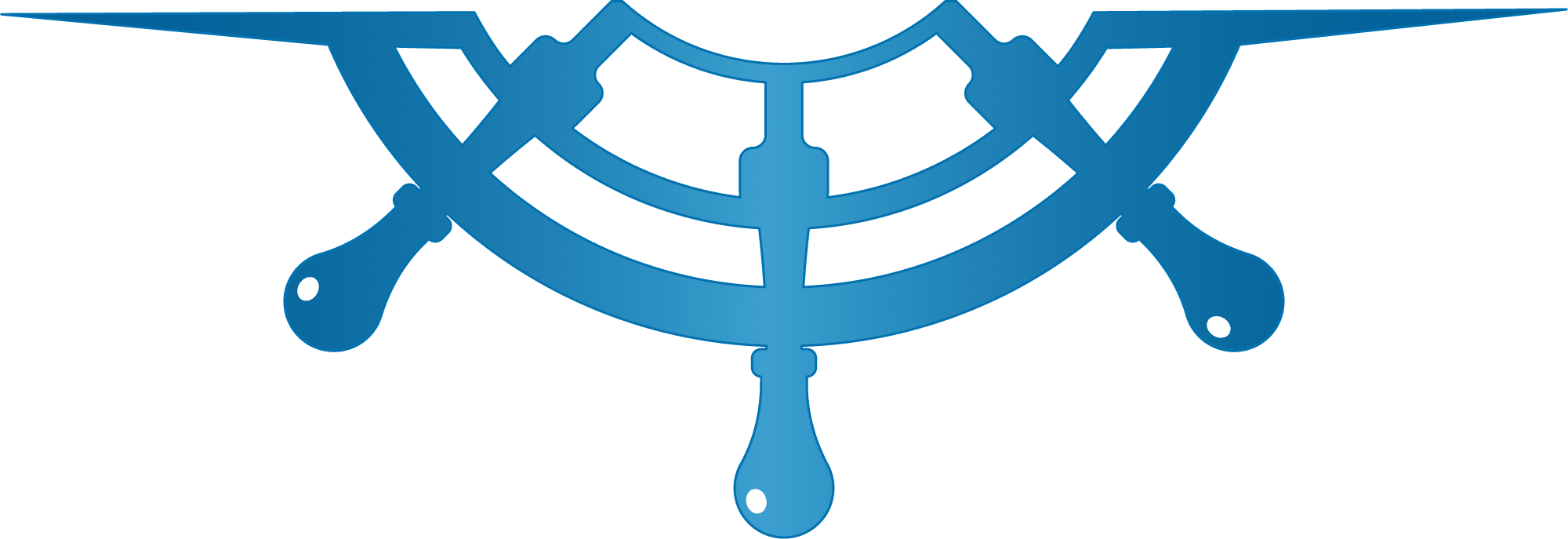Understanding Substance Use Disorders
Substance use disorders affect millions of Americans, creating a complex web of physical, psychological, and social challenges. These disorders are characterized by an inability to control substance use despite harmful consequences, leading to significant impairment in daily life activities.
Current Statistics on Substance Use Disorders
Recent statistics paint a sobering picture:
- 21.5 million Americans battle substance use disorders annually
- 2.1 million people suffer from opioid use disorder
- 128 Americans die every day from opioid overdoses
The Impact of the Opioid Crisis
The opioid crisis has devastated communities across the nation, leaving families torn apart and local resources stretched thin. Emergency rooms report record numbers of overdose cases, while first responders struggle to keep pace with the growing demand for life-saving interventions.
Racial Disparities in Substance Use Treatment
Racial disparities in substance use treatment and outcomes remain particularly concerning. Black Americans face significant barriers to accessing quality care:
- Limited access to evidence-based treatment programs
- Higher rates of criminal justice involvement for drug-related issues
- Reduced access to medication-assisted treatment options
- Lower rates of referral to treatment programs
These disparities stem from systemic inequities in healthcare access and historical discrimination in drug policy enforcement. Understanding these challenges is crucial for developing effective, equitable solutions that prioritize treatment over punishment.
Broader Effects on Communities
The impact of substance use disorders extends beyond individual struggles, affecting entire communities through increased healthcare costs, reduced workforce participation, and strained social services.
The Ineffectiveness of Punitive Approaches in the Criminal Justice System
The “War on Drugs,” launched in 1971, marked a turning point in American criminal justice policy. This initiative led to mandatory minimum sentences and three-strikes laws, resulting in a 500% increase in the U.S. prison population over 40 years.
Research shows these punitive measures have failed to curb drug use or addiction rates. A study by the Pew Research Center reveals states with higher incarceration rates don’t experience lower drug use or overdose rates compared to states with less stringent policies.
The human cost of these policies is staggering:
- 1 in 5 incarcerated individuals are serving time for drug offenses
- 45% of drug arrests are for possession only
- Nearly 500,000 people are behind bars for nonviolent drug crimes
The financial burden on taxpayers is equally concerning. The U.S. spends approximately $80 billion annually on incarceration, with a significant portion dedicated to drug-related offenses. These resources could fund comprehensive treatment programs proven to reduce substance use and recidivism rates.
Data from the Justice Department indicates that individuals incarcerated for drug offenses have a 77% chance of being rearrested within five years of release. This high recidivism rate demonstrates how imprisonment fails to address the root causes of addiction and substance use disorders.
Decriminalization as a Public Health Approach to Addiction
Decriminalization represents a transformative shift in addressing substance use disorders, treating addiction as a health concern rather than a criminal offense. Under this approach, individuals found with small amounts of drugs for personal use face civil penalties or treatment referrals instead of criminal charges.
The Impact of Portugal’s Drug Policy Reform
Portugal’s groundbreaking drug policy reform in 2001 demonstrates the effectiveness of decriminalization. After implementing this approach, Portugal experienced:
- 50% reduction in problematic drug use
- Significant decrease in drug-related deaths
- Lower rates of HIV infections among people who use drugs
- Increased treatment program participation
The Role of Harm Reduction Strategies
Harm reduction strategies play a vital role in this public health framework. These evidence-based interventions include:
- Naloxone Distribution Programs: Making this life-saving medication readily available to reverse opioid overdoses
- Syringe Exchange Services: Providing clean needles to prevent disease transmission
- Safe Consumption Sites: Offering supervised spaces where medical professionals can respond to overdoses
- Fentanyl Test Strips: Enabling people to check substances for dangerous adulterants
These strategies prioritize keeping people alive and healthy while connecting them to treatment services. Research shows harm reduction programs reduce overdose deaths, prevent the spread of infectious diseases, and create pathways to recovery without increasing drug use rates in communities.
Breaking the Cycle of Criminalization
The public health approach recognizes that criminalizing addiction creates barriers to treatment and perpetuates cycles of substance use. By removing criminal penalties and expanding access to harm reduction services, we can better support individuals on their journey to recovery.
Effective Treatment Interventions for Addiction Recovery
Successful addiction recovery requires a comprehensive approach combining medical treatment, psychological support, and community resources. Here’s what works:
Evidence-Based Treatment Options
- Medication-Assisted Treatment (MAT) combines FDA-approved medications with counseling to address both physical and psychological aspects of addiction
- Cognitive Behavioral Therapy helps identify triggers, develop coping strategies, and modify harmful thought patterns
- Dialectical Behavior Therapy teaches mindfulness and emotional regulation skills
Therapeutic Alternatives Through Legal Systems
Drug courts offer a proven path to recovery by:
- Providing structured treatment programs instead of jail time
- Regular drug testing and court supervision
- Access to mental health services
- Job training and educational opportunities
Community Support Networks
Recovery success rates increase significantly with strong community support:
- Peer support groups and 12-step programs
- Family therapy sessions
- Vocational rehabilitation services
- Housing assistance programs
- Regular check-ins with recovery coaches
These treatment interventions work together to create a solid foundation for long-term recovery. Drug courts report a 75% success rate in reducing criminal behavior and substance use, while community support networks reduce relapse rates by up to 50%. The combination of medical treatment, therapy, and community support provides the tools needed for sustainable recovery and reintegration into society.
Addressing Racial Disparities in Drug Laws and Their Impact on Public Health
Drug laws in the United States have created a stark racial divide in enforcement and sentencing practices. Black Americans face arrest rates 3.73 times higher than white Americans for drug possession, despite similar usage rates across racial groups.
The systematic targeting of communities of color has led to devastating public health consequences:
- Limited access to healthcare services due to criminal records
- Disrupted family structures affecting mental health outcomes
- Reduced employment opportunities impacting social determinants of health
- Stigma and discrimination in medical settings
These disparities extend beyond individual health impacts. Communities experiencing high rates of drug-related arrests often face:
- Decreased trust in healthcare systems
- Limited availability of addiction treatment facilities
- Reduced funding for community health programs
- Higher rates of untreated mental health conditions
Creating equitable addiction services requires targeted strategies, such as those outlined in the SAMHSA’s report, which emphasizes the importance of culturally competent care and multilingual treatment programs.
Additionally, as highlighted by the National Academies of Sciences report, addressing these systemic inequities demands a comprehensive approach that recognizes historical trauma while implementing evidence-based solutions. Healthcare providers must actively work to create inclusive, accessible treatment environments that acknowledge and respond to diverse cultural needs.
Furthermore, it’s essential to focus on behavioral health equity for all communities. This involves not only providing adequate addiction services but also ensuring mental health support is accessible and equitable across racial lines.
To achieve this, we need to implement targeted strategies such as:
- Cultural competency training for healthcare providers
- Multilingual treatment programs to serve diverse populations
- Community-based outreach in underserved neighborhoods
- Partnerships with local organizations trusted by communities of color
By adopting these strategies, we can begin to address the racial disparities entrenched in our drug laws and their subsequent impact on public health.
The Role of Healthcare Professionals in Supporting Addiction Treatment and Recovery
Healthcare professionals play a crucial role in addiction treatment and recovery support. They are often the first point of contact for individuals seeking help and can provide essential services to support their journey towards recovery.
The Role of Pharmacists in Harm Reduction
Pharmacists play a vital role in harm reduction strategies aimed at minimizing the negative consequences associated with drug use. Their responsibilities include:
- Dispensing life-saving medications like naloxone to individuals at risk of overdose
- Monitoring prescription patterns to identify potential misuse or abuse
- Providing medication counseling to ensure proper understanding and adherence
- Identifying potential drug interactions that could pose risks to patients
Community Health Initiatives for Overdose Prevention
Community health initiatives have proven effective in preventing overdoses through various programs and services. These initiatives focus on reaching out to individuals who may be experiencing substance use issues and connecting them to appropriate resources. Some key components of these initiatives include:
- Street outreach programs that directly engage with individuals using drugs and offer them access to treatment services
- Educational workshops that teach individuals about the proper use of medications, including opioids, to prevent accidental overdoses
- Harm reduction clinics that provide clean supplies, such as syringes, and offer health screenings to address the physical well-being of individuals using drugs
- Mobile health units that bring healthcare services directly into underserved neighborhoods, ensuring that individuals who may not have access to traditional healthcare facilities receive the support they need
Collaboration Between Healthcare Providers and Law Enforcement
The partnership between healthcare providers and law enforcement is crucial in creating a comprehensive support system for individuals struggling with addiction. This collaboration aims to shift the focus from punitive measures towards more compassionate approaches that prioritize treatment and recovery. Some ways in which this partnership is being implemented include:
- Directing individuals towards treatment options instead of incarcerating them
- Involving police officers in crisis intervention training to equip them with skills necessary for de-escalating situations involving individuals experiencing substance use crises
- Supporting rapid response teams comprising medical professionals who can immediately attend to overdose incidents
- Facilitating warm handoffs, where law enforcement officers personally escort individuals from arrest or emergency situations into treatment facilities
These collaborative efforts have transformed traditional enforcement approaches into healthcare-focused solutions. Medical professionals now serve as trusted advisors, creating safe spaces for individuals seeking recovery support while maintaining essential connections to community resources and treatment options.
Measuring Success: Outcomes of Treatment-Focused Approaches to Addiction
Research consistently demonstrates the effectiveness of treatment-focused approaches in addressing substance use disorders. Data from the National Institute on Drug Abuse reveals that comprehensive treatment programs reduce drug-related deaths by up to 50% and criminal activity by 40%.
Treatment programs show remarkable success in reducing recidivism rates. Studies indicate that individuals who complete addiction treatment programs are 67% less likely to return to criminal behavior compared to those who face incarceration without treatment.
Key benefits of prioritizing treatment over punishment include:
- Decreased emergency room visits by 75%
- Improved employment rates – 40% higher than untreated individuals
- Reduced healthcare costs by approximately $4 for every $1 spent on treatment
- Enhanced family stability and community reintegration
Communities implementing treatment-focused approaches report:
- Lower crime rates
- Reduced public health expenditure
- Increased workforce participation
- Stronger social support networks
- Better public safety outcomes
The success of decriminalization paired with treatment is particularly evident in areas with comprehensive support systems. These regions experience a 60% reduction in drug-related harms and a 75% increase in treatment program completion rates.
Recent studies highlight that treatment-focused approaches result in substantial cost savings – approximately $18,000 per person annually compared to incarceration costs. These savings enable communities to reinvest in prevention programs and expand access to vital healthcare services.
Seeking Help Through Comprehensive Addiction Treatment Programs at Casco Bay Recovery
Your path to healing starts with a single step. At Casco Bay Recovery, we understand the complexities of addiction and offer personalized treatment programs that focus on rehabilitation rather than punishment.
Our comprehensive treatment options include:
- Medication-assisted therapy
- Individual counseling sessions
- Group therapy support
- Family healing programs
- Aftercare planning
- Telehealth for Addiction
We believe in creating a supportive environment where you can address the root causes of addiction without judgment. Our experienced team works alongside you to develop strategies for long-term recovery success.
Take the First Step Today
Don’t let fear or shame hold you back from seeking help. Our doors are open, and our dedicated team is ready to support your journey toward recovery. Contact us now to learn about our treatment programs and start your healing journey in a compassionate, understanding environment.








